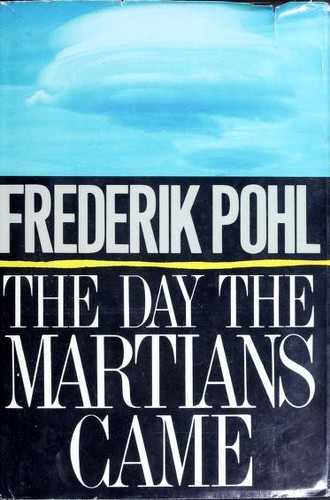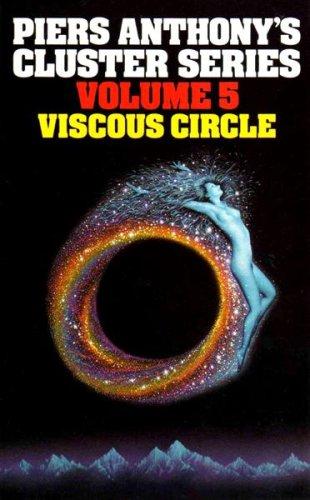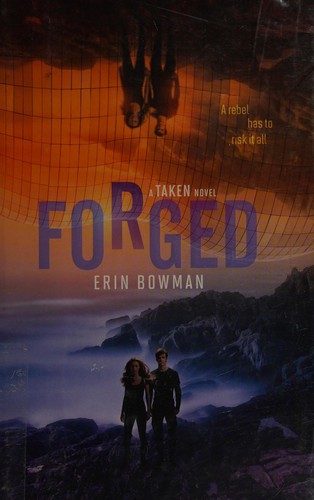
The Brick Moon and Other Stories
by
[Comment from Andrew Crumey][1]:
> The term "science fiction" hadn't been invented in 1870, when the American magazine Atlantic Monthly published the first part of Edward Everett Hale's delightfully eccentric novella The Brick Moon. Readers lacked a ready-made pigeonhole for it, confronted by a fantasy about a group of visionaries who decide to make a 200-ft wide sphere of house-bricks, paint it white, and launch it into orbit.
> Jules Verne's From the Earth to the Moon had appeared five years earlier, so Hale's work was not unprecendented, but while Verne chose to send his voyagers aloft using a giant cannon, Hale opts for the equally unfeasible but somehow more pleasing solution of a giant flywheel.
> Hale gives technical details and calculations to support the plausibility of the venture. He even works out the total cost of the bricks ($60,000). There is an info-dump about latitude and longitude: the brick moon is designed to orbit from pole to pole so that people anywhere can determine their location by observing it. There are ruminations and speculations – and, to be honest, quite a few longeurs, even in a compass of only 25,000 words. But crucially there is humour. The brick moon gets launched accidentally with some people inside. Those left behind watch through telescopes as the travellers make their own little world, communicating by writing signs in big letters. They grow plants, hold church services, and their brick moon becomes a tiny, charming parody of Earth.
> The Brick Moon did not appear in book form until 1899, when Hale was in his 70s, by which time HG Wells had appeared on the scene and Hale was slipping into obscurity. Nowadays he is little more than a footnote, remembered for having been the first to imagine artificial satellites. But what makes The Brick Moon still worth reading is not scientific vision, but sheer joyful quirkiness.
[1]: http://www.guardian.co.uk/books/2011/may/14/science-fiction-authors-choice



